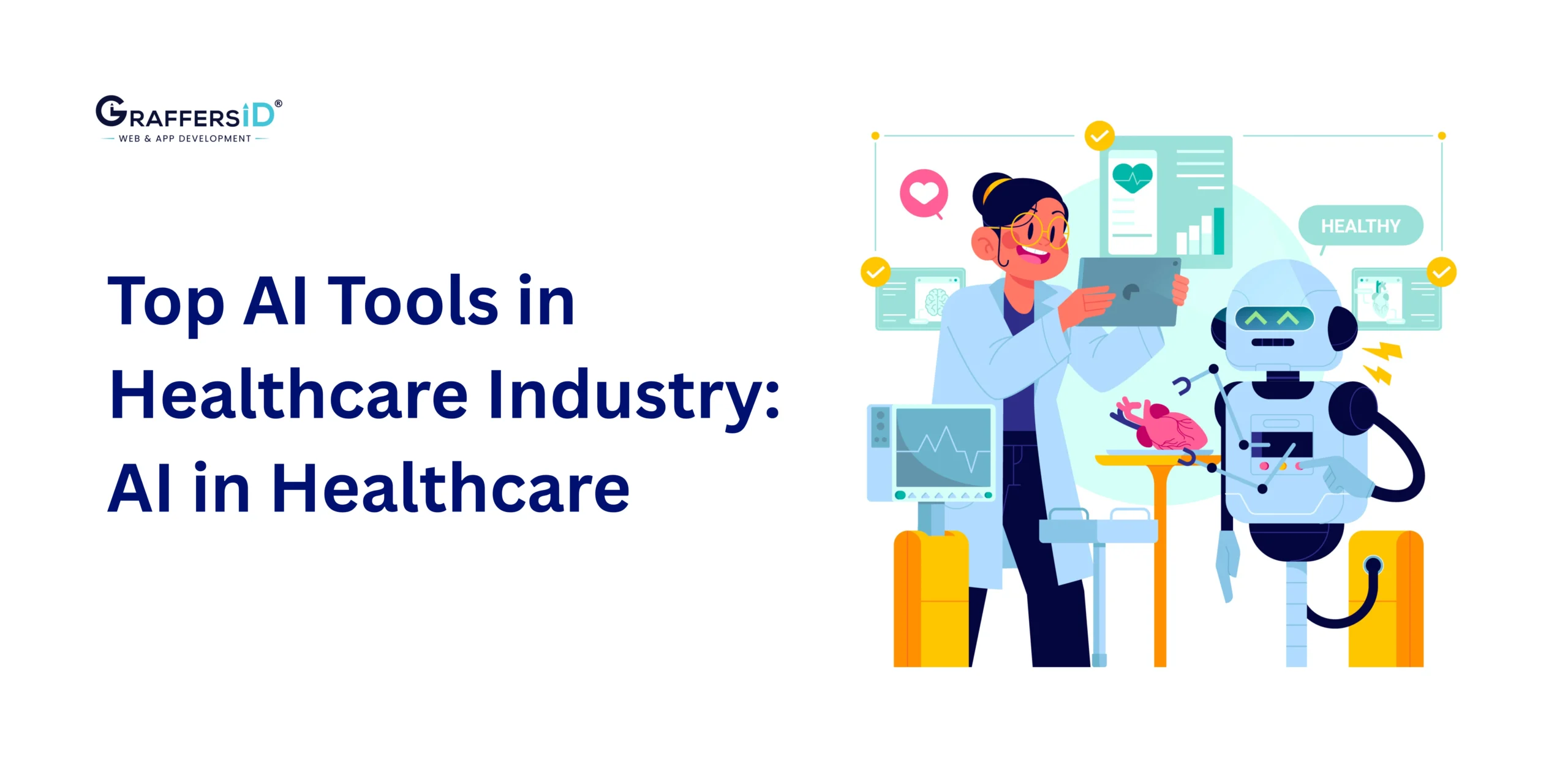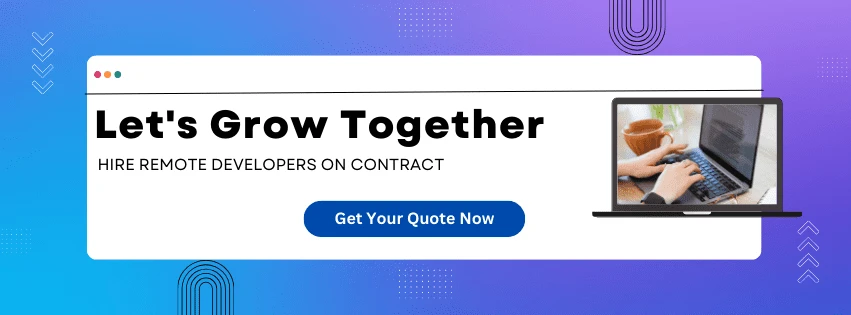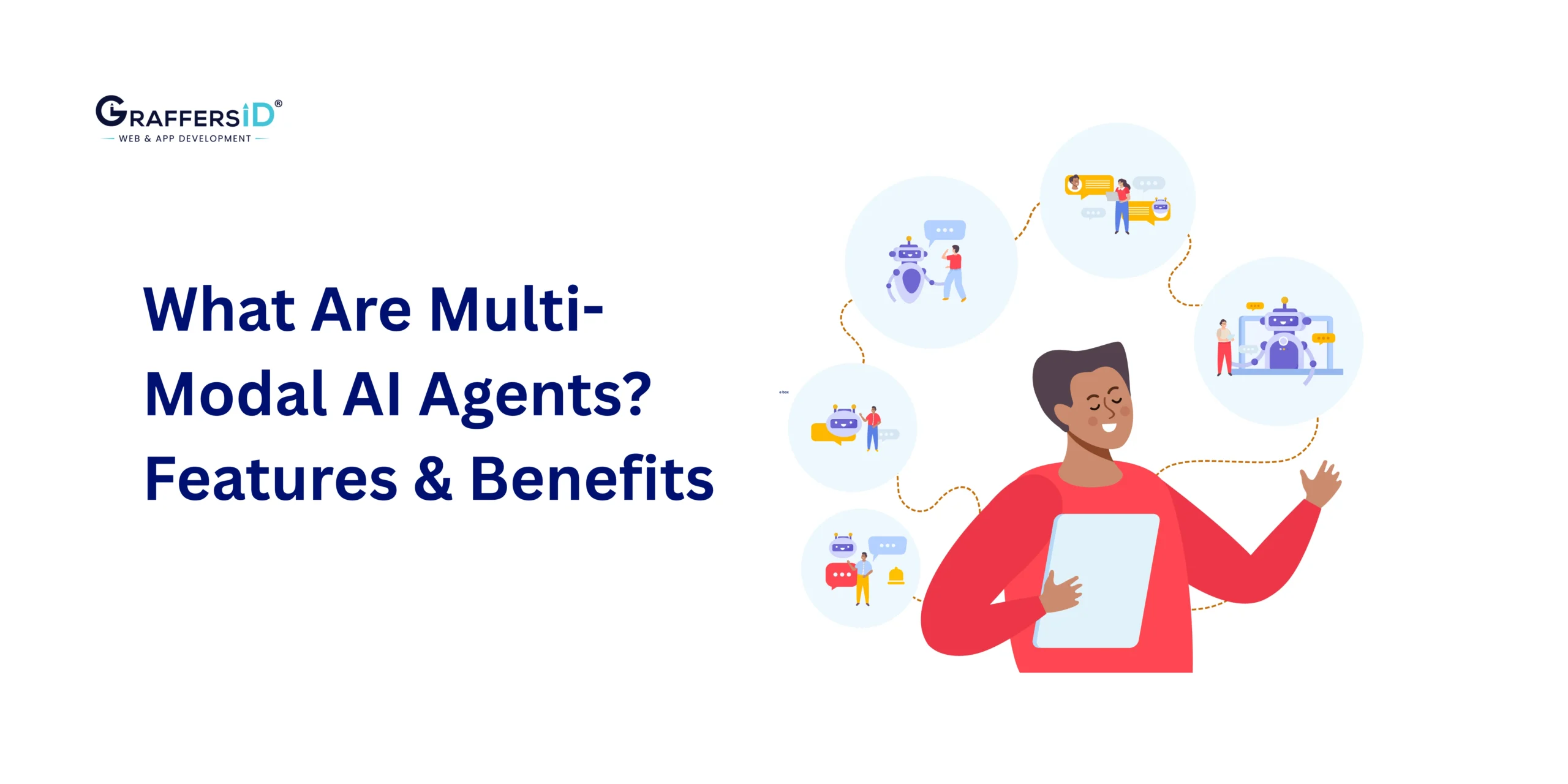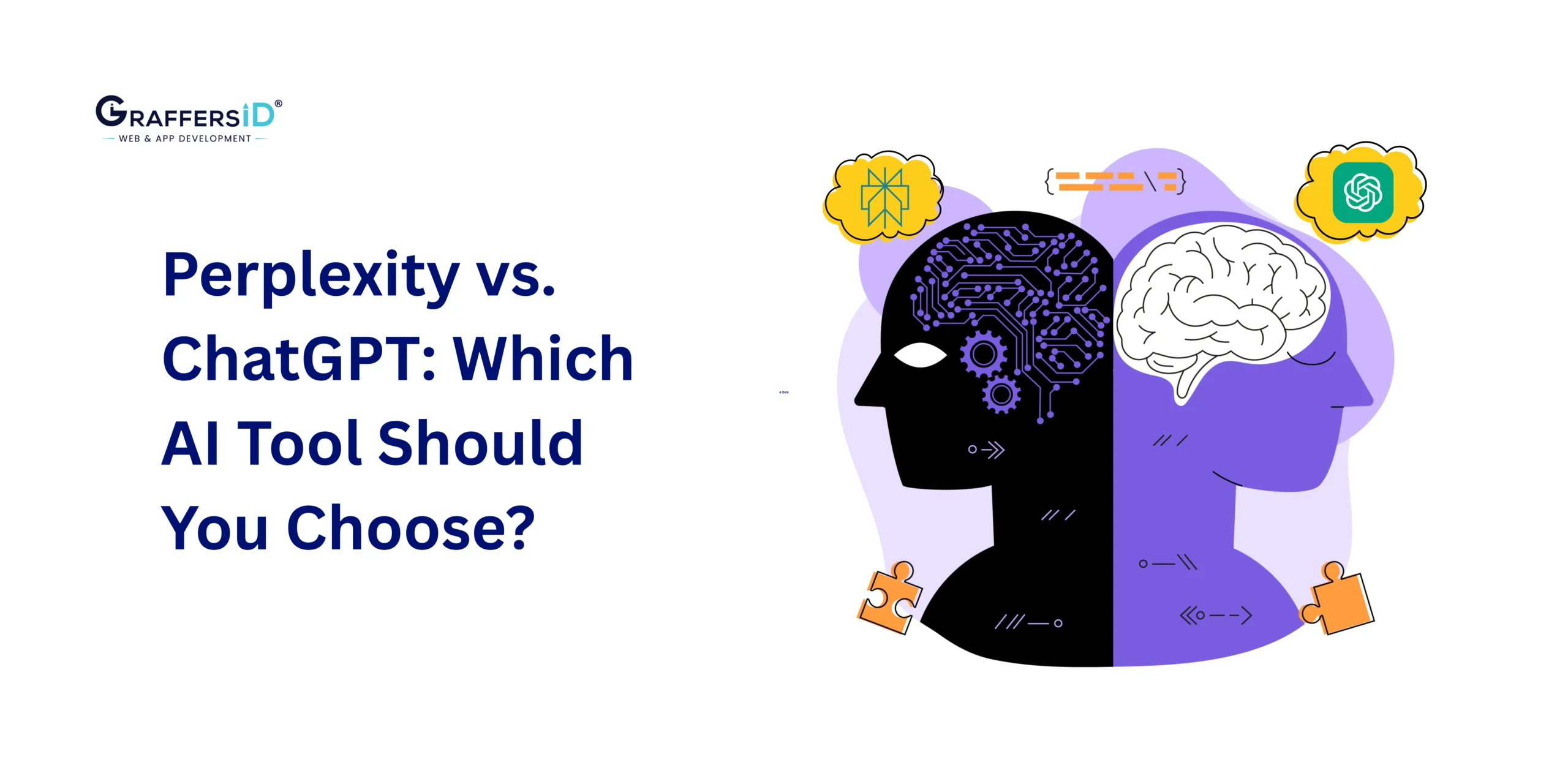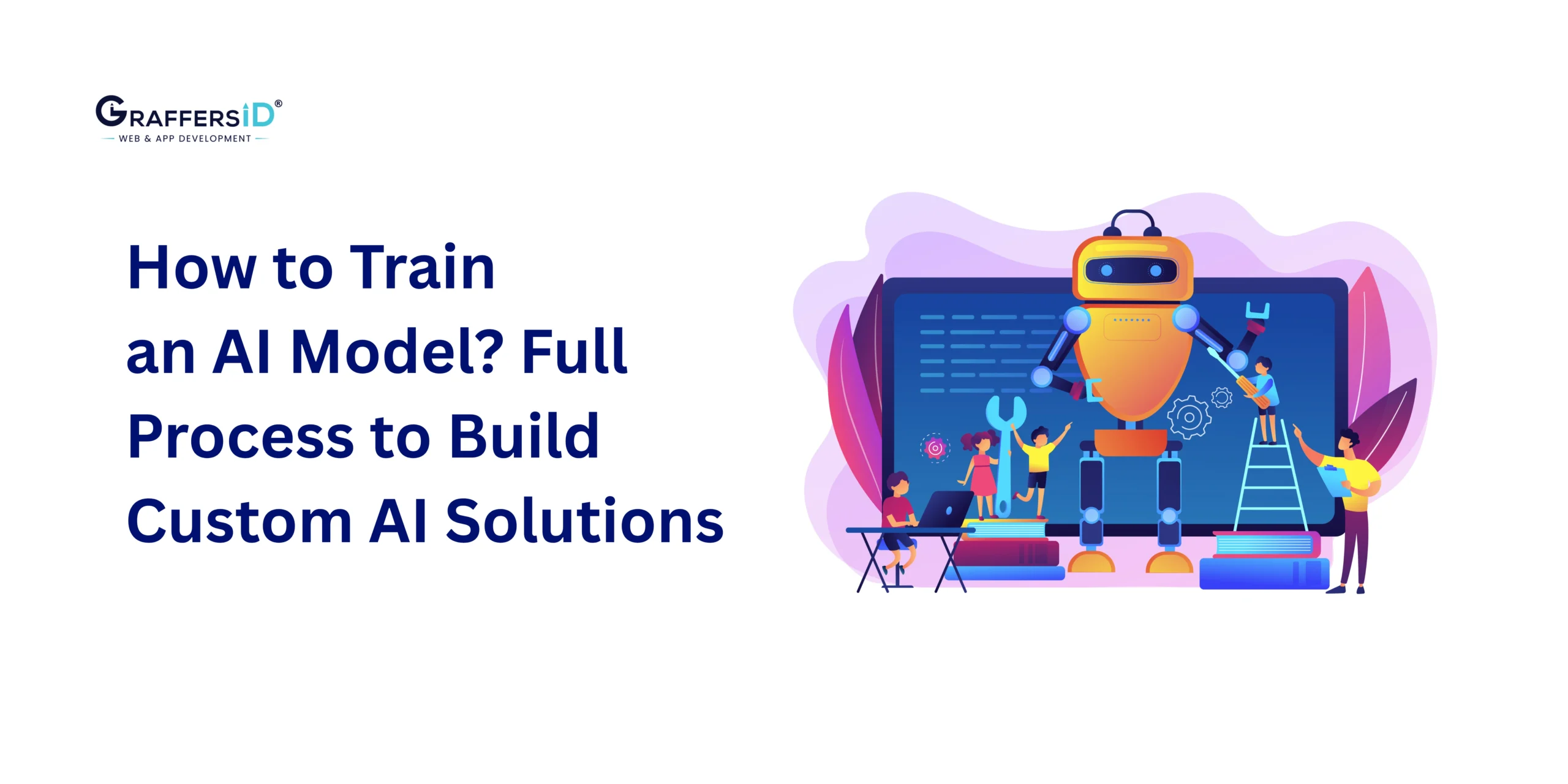Healthcare in 2026 is at a turning point. Doctors are spending less time on paperwork, nurses aren’t running endless errands, and patients are seeing faster, more accurate diagnoses. The reason? AI-powered automation.
From robots that deliver medical supplies to AI copilots that draft clinical notes in seconds, automation tools are quietly transforming hospitals and clinics worldwide. What once felt experimental is now a practical necessity, helping healthcare systems cut costs, reduce burnout, and deliver more personalized care.
But with so many AI tools entering the market, which ones are truly making an impact in 2026? And how can leaders decide where to invest without risking compliance or patient safety?
In this blog, we’ll break down:
- The rise of AI in healthcare and why automation matters more than ever.
- 5 top automation tools in 2026.
- Practical deployment tips for CTOs and healthcare executives.
- A look ahead at how AI will shape the future of healthcare beyond 2026.
How AI is Transforming Healthcare in 2026?
Healthcare has always been complex, with too many tasks, too little time, and growing patient demands. Between 2020 and 2026, AI moved from being a “promising experiment” to a “must-have partner” in the medical field.
Here’s how it happened:
- AI assistants started helping doctors with note-taking, order entry, and charting.
- FDA-approved imaging algorithms began catching strokes and brain bleeds in seconds, long before a radiologist could even open the file.
- Robots started delivering lab samples and restocking rooms, saving nurses thousands of steps per shift.
The result? Healthcare systems are finally learning to balance efficiency with quality, and AI is at the center of it.
Why Healthcare Automation Is Important in 2026?
So, why is everyone investing in AI automation right now?
- Clinician burnout is real: Doctors and nurses are leaving the profession in record numbers, and reducing administrative overload is no longer optional.
- Faster diagnoses save lives: Every minute counts in emergencies like strokes. AI helps triage critical cases faster.
- Hospitals are under financial pressure: Robots and automation reduce operational costs, improve turnaround times, and maximize staff productivity.
- Personalized care is now possible: AI platforms combine patient history, genetics, and real-world data to recommend tailored treatments.
Automation is no longer just about efficiency; it’s about survival and sustainability in healthcare.
5 Top Automation Tools Transforming Healthcare in 2026
Below are five automation tools making the biggest impact in 2026, with their overview, key features, and real-world value.
1. Moxi: The Helpful Hospital Robot
Developed by Diligent Robotics, Moxi is an autonomous hospital robot designed to take over routine logistical tasks, from delivering supplies to transporting lab samples.
Key Features of Moxi:
- Navigates hospital hallways with AI-powered sensors.
- Automates specimen transport and supply delivery.
- Smooth integration with hospital logistics systems.
Why it matters: Nurses save significant time, and patients get more direct care.
2. Tempus: Precision Medicine at Scale
Tempus is a leading AI-driven precision medicine platform that unifies genomics, clinical data, and real-world evidence to deliver personalized treatment insights.
Key Features of Tempus:
- Genomic sequencing with AI-powered analysis.
- Unified patient data across EHR, labs, and clinical trials.
- AI-driven therapy recommendations for oncology and beyond.
Why it matters: Moves healthcare away from “one-size-fits-all” to truly personalized treatment.
3. Aidoc: The Radiologist’s AI Partner
Aidoc is an FDA-approved AI platform for medical imaging that prioritizes and flags urgent cases, helping radiologists manage high workloads without missing critical findings.
Key Features of Aidoc:
- Real-time triage of CT, MRI, and X-ray scans.
- Integration with PACS and existing radiology workflows.
- AI alerts for strokes, internal bleeding, and other emergencies.
Why it matters: Cuts down time-to-diagnosis, enabling quicker life-saving interventions.
4. DAX Copilot (Microsoft + Nuance): Redefining Clinical Documentation
DAX Copilot, part of Microsoft + Nuance’s AI suite, is a voice-enabled assistant that listens during patient encounters and automatically generates structured clinical documentation.
Key Features of DAX Copilot:
- Ambient listening and real-time note generation.
- Creates referrals, summaries, and EHR-structured data.
- AI-assisted charting for multiple medical specialties.
Why it matters: Doctors reclaim hours of their week and improve patient engagement.
5. Ada Health: AI Symptom Checker & Patient Triage
Ada Health is an AI-powered symptom assessment and triage tool that helps patients understand their symptoms and guides them to the right level of care, reducing unnecessary ER visits and easing clinician workloads.
Key Features of Ada:
- Conversational AI symptom checker for patients.
- Integrates with telemedicine and clinical platforms.
- Provides risk assessment and next-step recommendations.
Why it matters: Ada empowers patients with early guidance, reduces unnecessary doctor visits, and ensures urgent cases are escalated quickly.
Future of AI in Healthcare (2026 & Beyond)
Here’s where healthcare automation is heading next:
- AI copilots that do more than document: They’ll suggest treatments, flag trial eligibility, and guide care decisions in real time.
- Privacy-first AI training: Models will learn from global patient data without ever sharing raw records.
- Robots working hand-in-hand with AI diagnostics: Imagine a robot transporting a specimen that gets analyzed by AI the moment it arrives at the lab.
- Smarter regulation and safety checks: By 2027, expect stricter, standardized oversight for all clinical AI tools.
Conclusion
AI automation is no longer optional for healthcare in 2026; it’s a competitive advantage. From robotics and precision platforms to radiology assistants and clinical copilots, the right tools can reduce burnout, speed up diagnoses, and deliver safer, more personalized care. Hospitals that act now will see measurable ROI, stronger patient outcomes, and happier staff.
The future is clear: AI won’t replace clinicians, but it will transform how they work. The key lies in choosing the right tools, piloting responsibly, and building governance that ensures safety, transparency, and trust.
At GraffersID, we help healthcare organizations and enterprises integrate AI automation smoothly, from strategy to deployment. Whether you need AI-powered assistants, custom healthcare apps, or skilled remote developers, our team ensures you stay ahead of the curve.
Ready to bring AI automation into your healthcare system?
Hire AI experts from GraffersID today and transform the way you deliver care.
